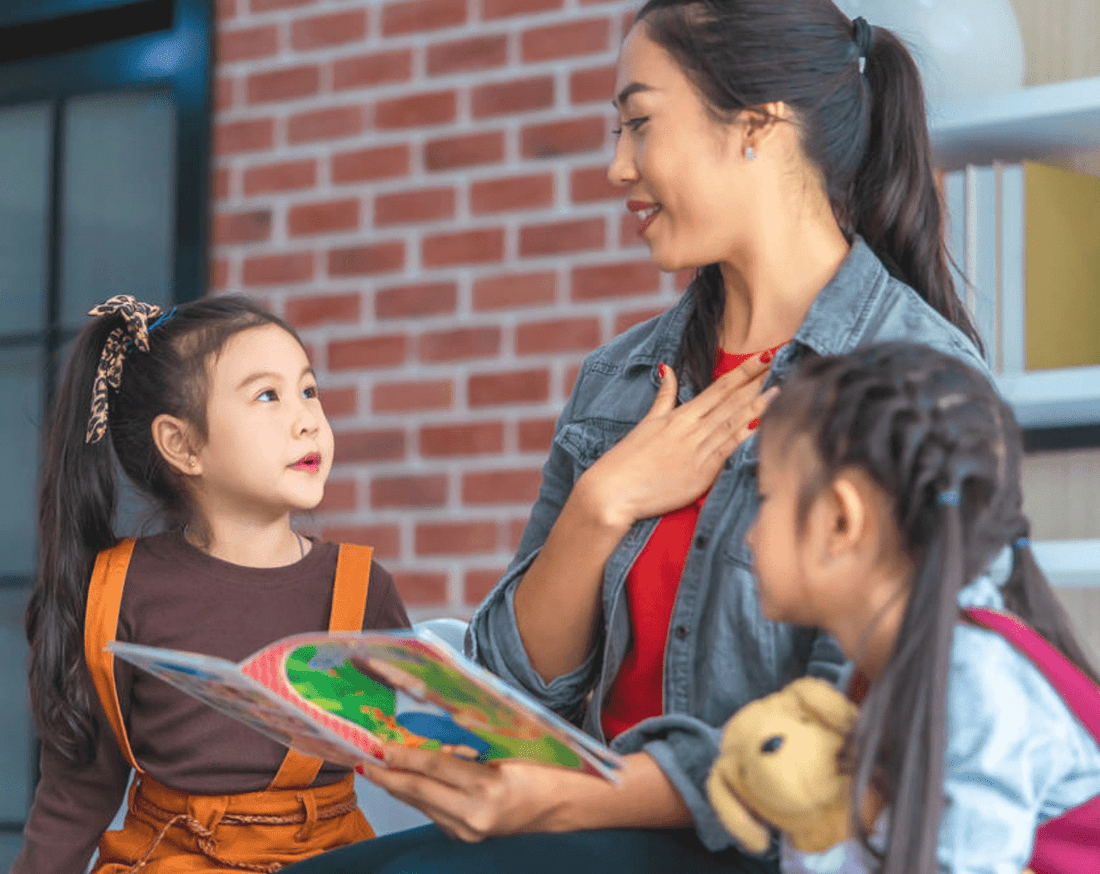
Understanding Different Preschool Teaching Styles: Which One is Best for Your Child?
Share
Choosing the right preschool for your child involves more than just location and class size—it’s also about finding a teaching philosophy that aligns with your family’s values and your child’s learning style. With so many approaches, it can be overwhelming to determine which preschool method is the best fit.
In this guide, we’ll explore the most common preschool teaching styles, their benefits, and how to decide which one is right for your little one.
1. Play-Based Learning (Emergent Curriculum)
🔹 Philosophy: Learning happens through play and hands-on experiences. Teachers act as facilitators, following children's interests and encouraging exploration.
🔹 What It Looks Like:
- Open-ended play with blocks, pretend kitchens, and art supplies.
- Group storytelling and music time.
- Children learn problem-solving and social skills through interactive activities.
🔹 Best For: Kids who thrive in a flexible, child-led environment and enjoy creative, social play.
💡 Want to encourage play-based learning at home? Check out our Early Learning Activities Guide
2. Montessori
🔹 Philosophy: Based on independent learning, self-discipline, and real-world tasks, the Montessori method encourages children to learn at their own pace in a carefully prepared environment.
🔹 What It Looks Like:
- Child-sized tools for real-life activities like pouring, sweeping, and cooking.
- Mixed-age classrooms where older kids help younger ones.
- Hands-on learning with natural materials instead of plastic toys.
🔹 Best For: Kids who enjoy structured independence and hands-on, real-world learning.
➡️ Find out if Montessori is right for your child
3. Reggio Emilia
🔹 Philosophy: This project-based learning approach encourages children to express themselves through art, movement, and storytelling. Teachers document students’ learning through photos and journals.
🔹 What It Looks Like:
- Art, music, and storytelling as key learning tools.
- Collaboration between children to complete long-term projects.
- Classrooms designed to feel like “home” with cozy spaces and natural materials.
🔹 Best For: Kids who love expressing themselves creatively and benefit from collaborative learning.
4. Waldorf (Steiner Education)
🔹 Philosophy: A holistic approach that integrates imaginative play, storytelling, movement, and nature exploration into learning.
🔹 What It Looks Like:
- No screens or technology in the early years.
- Emphasis on routine and rhythm (e.g., morning circle, outdoor play).
- Learning through nature, hands-on crafts, and creative storytelling.
🔹 Best For: Families who prefer a gentle, nature-based approach with minimal academics in the early years.
💡 Learn more about the benefits of a screen-free preschool approach
5. Academic-Based Preschool (Traditional Approach)
🔹 Philosophy: Structured, teacher-led instruction focusing on early reading, writing, math, and problem-solving skills.
🔹 What It Looks Like:
- Daily lessons and worksheets.
- Phonics-based reading programs.
- Clear structure and routine.
🔹 Best For: Kids who thrive with structured learning and families who want a strong focus on academic readiness for kindergarten.
📌 Download our Preschool Readiness Checklist to see if your child is ready for an academic-based program.
Which Preschool Teaching Style is Right for Your Child?
When evaluating preschool programs, consider:
✅ Your child’s learning style (structured vs. free play).
✅ Your family values (creativity vs. academics).
✅ The school’s environment and teacher qualifications.
⭐ Pro Tip: Visit multiple preschools, observe the classrooms, and ask these Top 5 Questions on a Preschool Tour before making a decision.
Final Thoughts
There’s no one-size-fits-all approach to preschool education. The best preschool teaching style is the one that fits your child's personality, learning style, and your family's educational philosophy.
📥 FREE RESOURCE: Download our Preschool Style Comparison Chart to compare different teaching methods side by side and make an informed decision!